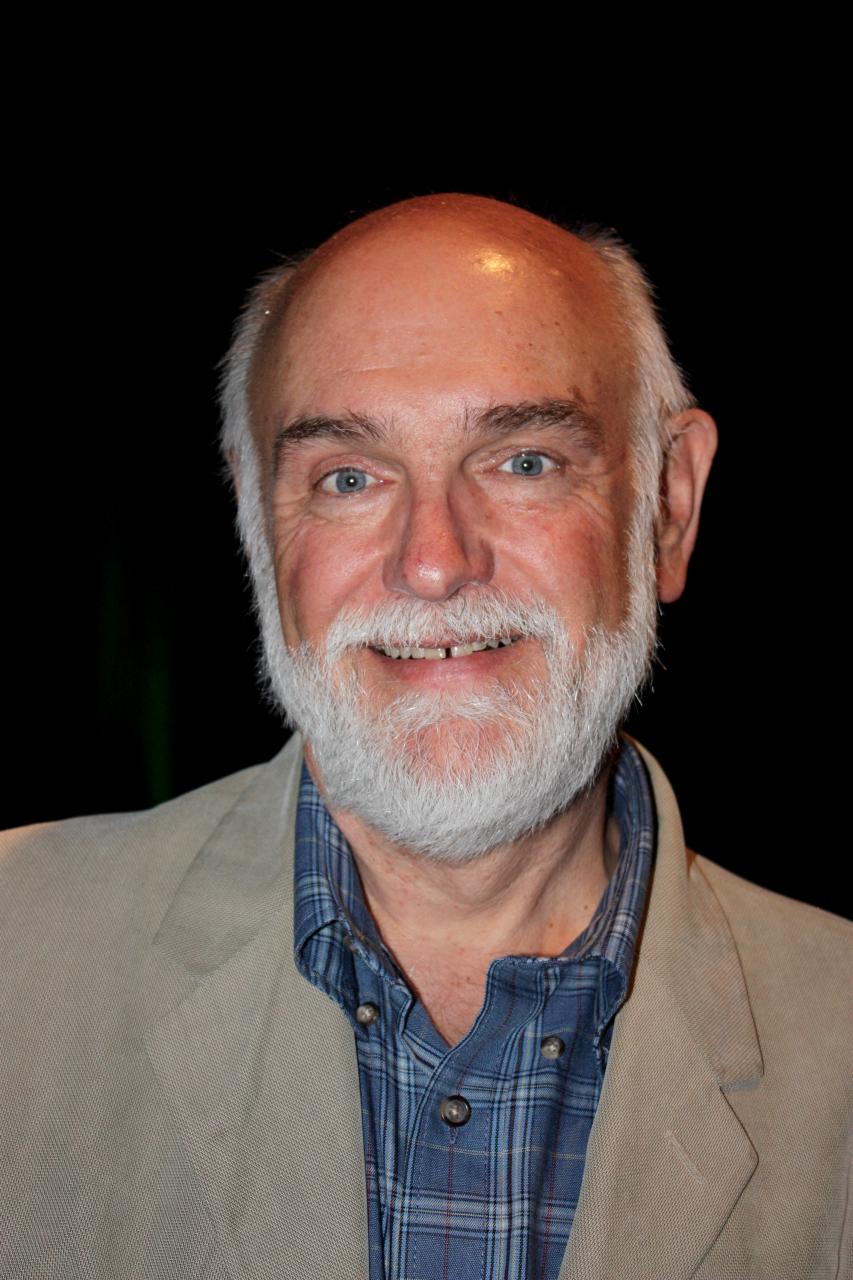February 3, 2016 Updated 2/3/2016
Email Print

Jim Johnson McConaghy
New Orleans — Education and access works.
Just ask the city of Vancouver, Wash., which has seen plastic film recycling significantly rise and contamination problems at a local recycling facility drastically decline.
Results of a campaign in Vancouver dubbed “Recycle Wrap/Beyond Bags” was unveiled at the Plastics Recycling 2016 conference in New Orleans.
Rich McConaghy was on the front lines of the program as environmental resources manager for the city Environmental Resources Division. He worked with the American Chemistry Council’s Wrap Recycling Action Program that uses public outreach and technical support to help divert polyethylene film from landfills — and recycling carts.
Vancouver, he said, “did see good results over the campaign period. We saw more than double, 125 percent, increase in volume of material.”
The WRAP program brought together the city and Clark County as well as the Safeway grocery store chain that provided collection sites for the plastic film. Trex Co. Inc., the plastic lumber company, also was involved as film collected in Vancouver was sent to that company for the production of composite lumber.
A key component to the program was educating citizens that plastic film should not go in their single-stream recycling carts. New signage and education helped citizens increase the amount of plastic bags, films and wraps at store-based collection points by the 125 percent.
Citizens, at first, were a bit confused about just what they could bring to the Safeway collection points. “Staring off, there was very little material besides bags coming in there,” McConaghy said. And the vast majority of those bags were from Safeway originally.
But as time went on and education continued, people came to realize that any PE bag or wrap, such as those used on cases of water, could be recycled through the collection points. Bags from other retailers then started showing up with more frequency, the city official said. And the amount of non-bag PE film grew by 500 percent during the course of the effort.
That volume wasn’t huge to begin with, he said. “But it did a have a huge increase in terms of the percentage of material that was non-shopping bag materials.”
“It grew by five times,” McConaghy said.
Increasing collection in stores correlated with a decrease in the number of bags placed in recycling carts. That meant that plastic bag contamination at a local materials recovery facility operated by Waste Connections Inc. fell by 75 percent, the trade group reported.
Plastic bags are typically incompatible with sorting equipment at MRFs. The bags get caught up in rotating disks that are designed to separate paper from other recyclables. The bags clog up the disks and don’t allow other recyclables to properly sort. Workers typically have to shut down the equipment repeatedly during the day to cut the tangled bags out of the equipment, causing substantial productivity losses.
Shari Jackson is director of film recycling in the Plastics Division of the Washington, D.C.-based ACC. “Education and collection, they are key factors in the increased recycling of this material,” she said, as there are now more than 18,000 collection sites for used PE film around the country.
“Film is in every household, every business. But it does need effective end-of-life options,” she said. “Through WRAP we can help accomplish increased recovery of PE film.”
McConaghy hopes success in Vancouver spurs interest in the WRAP program elsewhere.
“I’m hoping that my tale is maybe something that can be carried forward to other parts of the country, other parts of North America even, where folks may have the same opportunity,” he said.
WRAP is a key initiative of the ACC’s Flexible Film Recycling Group and is a self-funded group working to increase the recycling of PE film. “We work to promote film recovery, remove barriers and increase opportunity,” Jackson said.





























